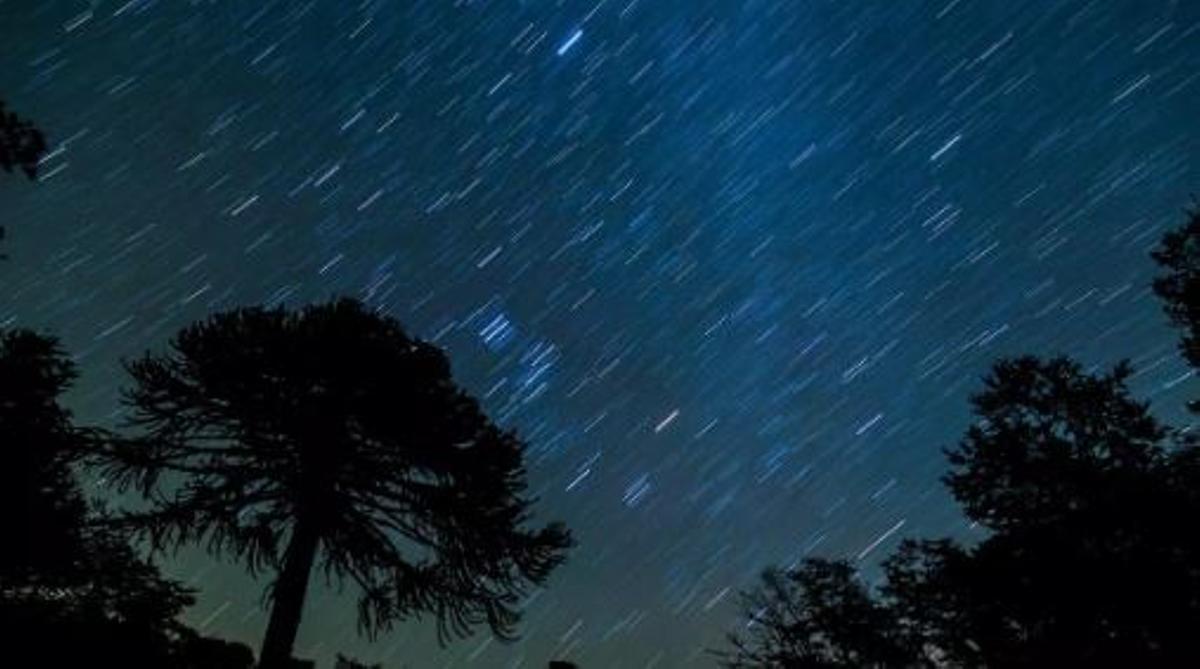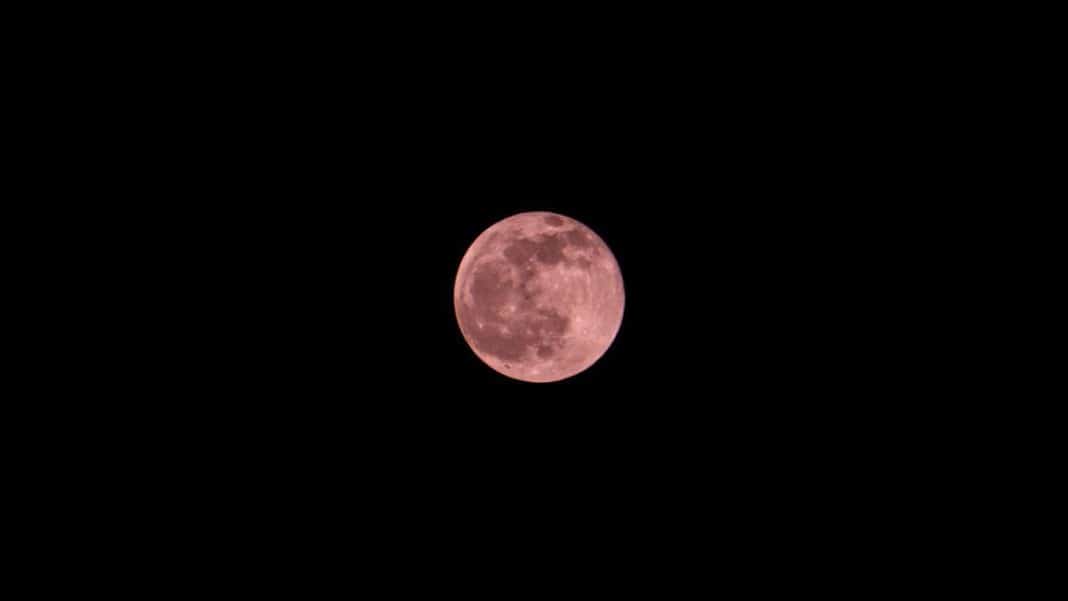The Beaver supermoon will be the last of the year and will be visible on November 15. The Moon will appear larger and brighter because it is at its closest point to Earth, called perigee. There have been four supermoons in 2024. November’s is the last in the cycle.
The Moon will be visible at 22.29 hours (peninsular time) on November 15. The satellite will be in the constellation of Aries and its visibility will extend from the 14th to the 16th of the same month.
The best time to observe it is when it is low on the horizon, just as it rises or sets. As it rises, the effect dims and it will appear smaller.
This Moon owes its name to the Native Americans, who named the moons after their activities. November was the time when beaver traps were set to hunt beavers to secure their pelts before the water froze. The pelts were used as coats.
Can it be seen from Ibiza?
To observe the Moon you should look for a place away from light pollution and check the weather forecast. It is visible to the naked eye, but to enjoy the craters and valleys it is recommended to use a telescope.

Leonidas
There will not be another supermoon until September 2025, but November awaits other very interesting astronomical phenomena such as the Leonids, whose peak will be on November 17, and the conjunction of the Moon with Jupiter on November 22.
The Leonids are a meteor shower that offers the possibility of seeing up to 15 meteors per hour in dark clear skies. They are shooting stars composed of particles of small tens of microns and others of several centimeters detached by the comet Tempel Tuttlewhich circles the Sun every 33 years.
Although this phenomenon is repeated every year, it is every 30 when there is a massive fall of meteors. But this 2024 will be a normal year, without astonishing numbers of shooting stars, and it will not be until 2031 when a big shower will occur.
A large field of view is advisable because the speed at which meteors streak across the sky is about 59 kilometers (35 miles), so telescopes and binoculars in this case can cause an opposite effect on their observation. One’s own eyes become the best ally.
TOPICS
supermoon Moon astronomy Comment on this article

